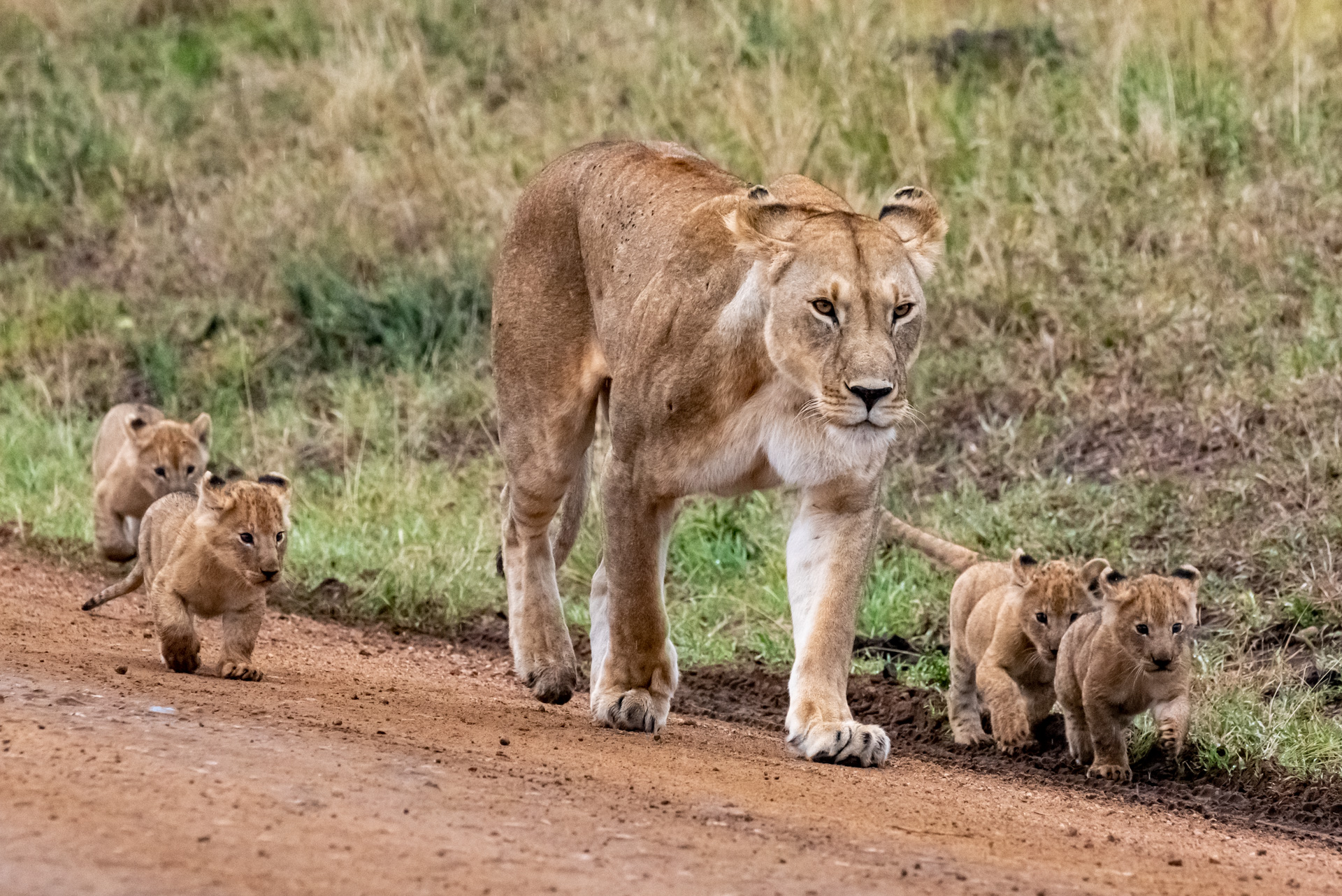
As animals navigate the complex and fragile ecosystems of this land they are constantly on the search for food. This energy sustains them — and their offspring for generations to come. This week, nature fought back against all odds. Not only did the Swamp Lioness lead her pride to a much-needed meal but the lone surviving lioness from the Angama Pride has finally been spotted with new cubs.

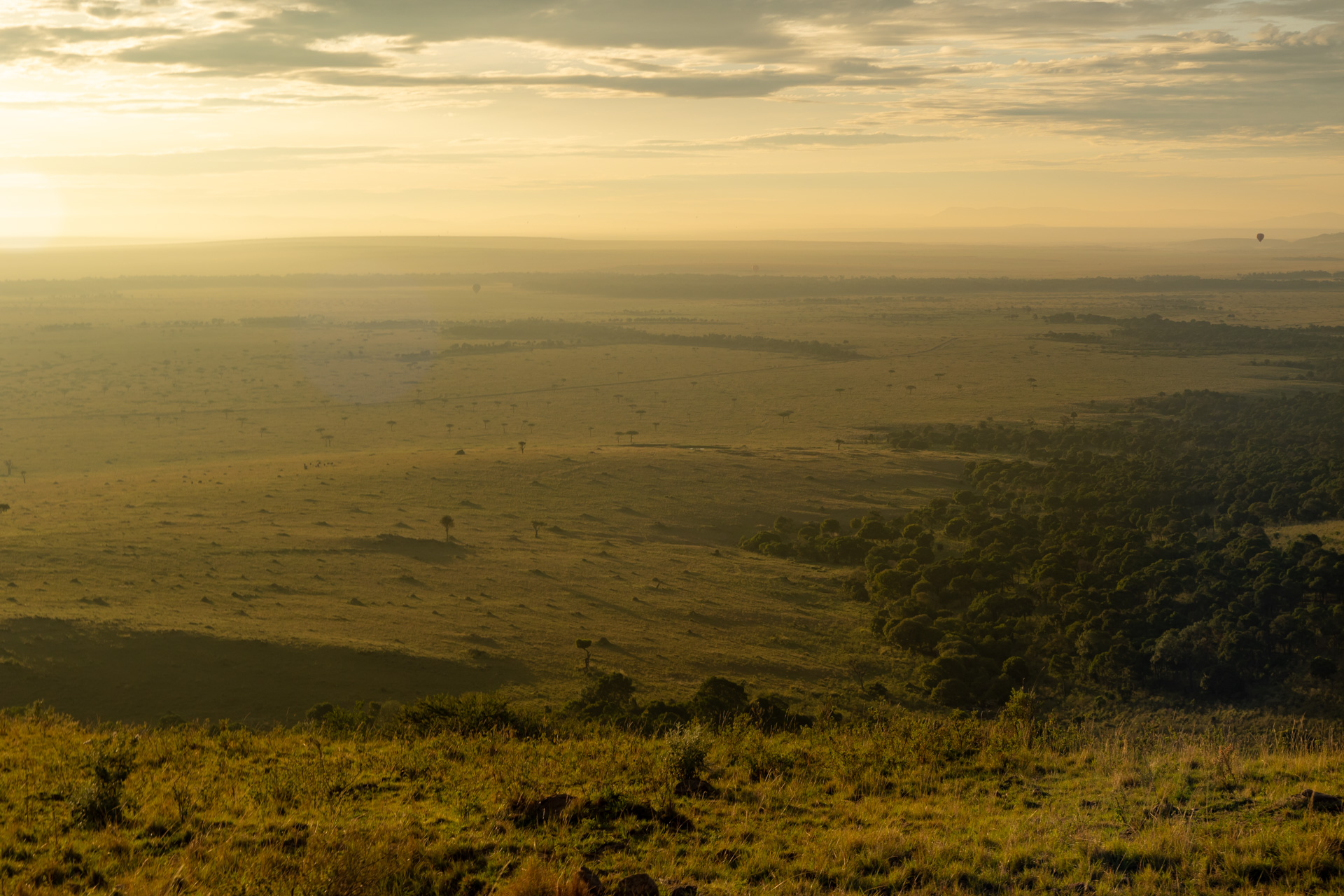
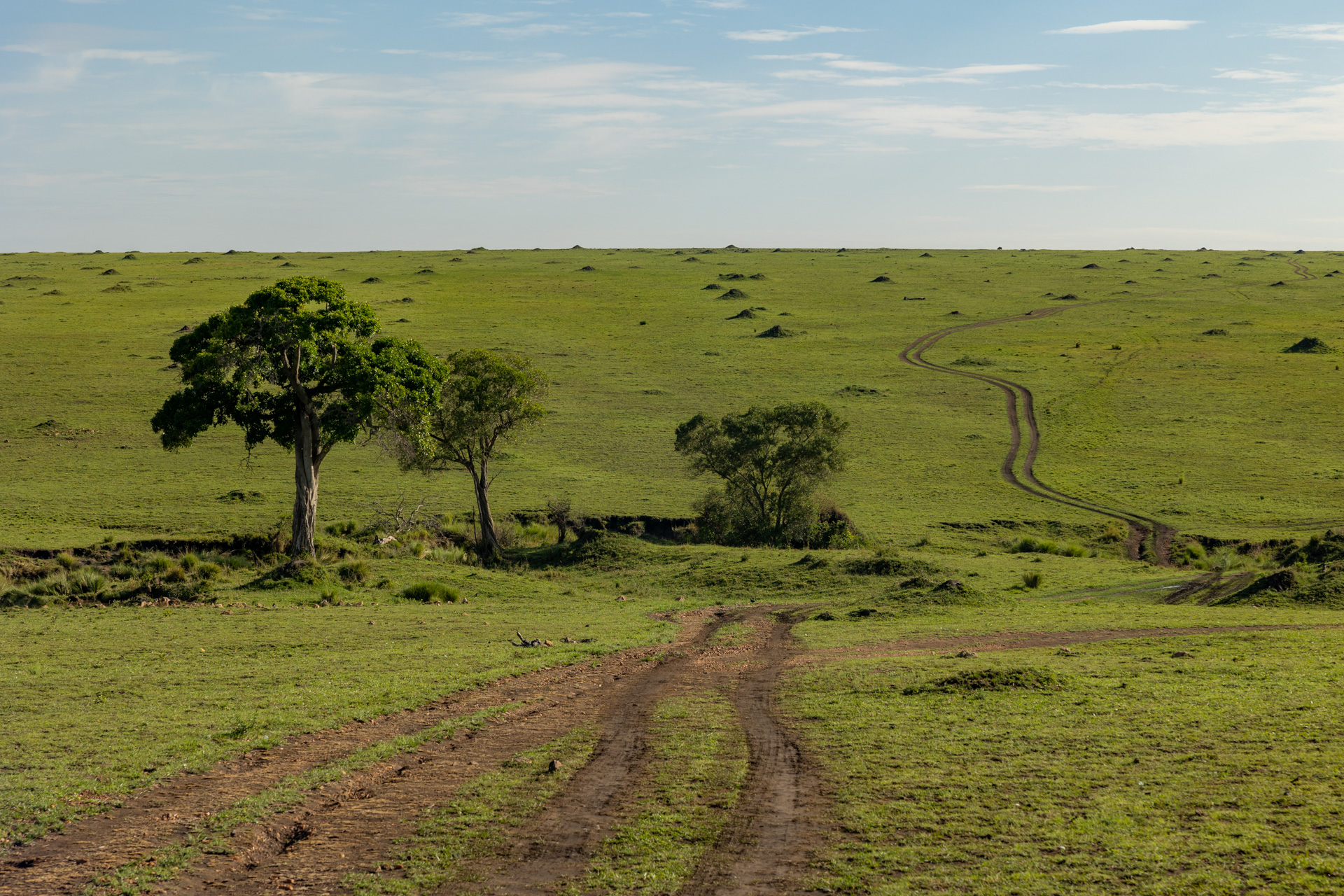

Looking back to March 2022 we wrote a blog about the sad death of several members of the Angama Pride including the iconic leader Mama Kali. Even with constant efforts to protect these animals, confrontations with members of the communities that live in these areas is inevitable. Recently, there were reports of a single lioness running into the thicket that could be a lone Angama Pride survivor. We continued to follow her as she has been spotted in the territory of their once 14-strong pride. Her territory has not changed as she has been spotted near the lodge just down the escarpment.
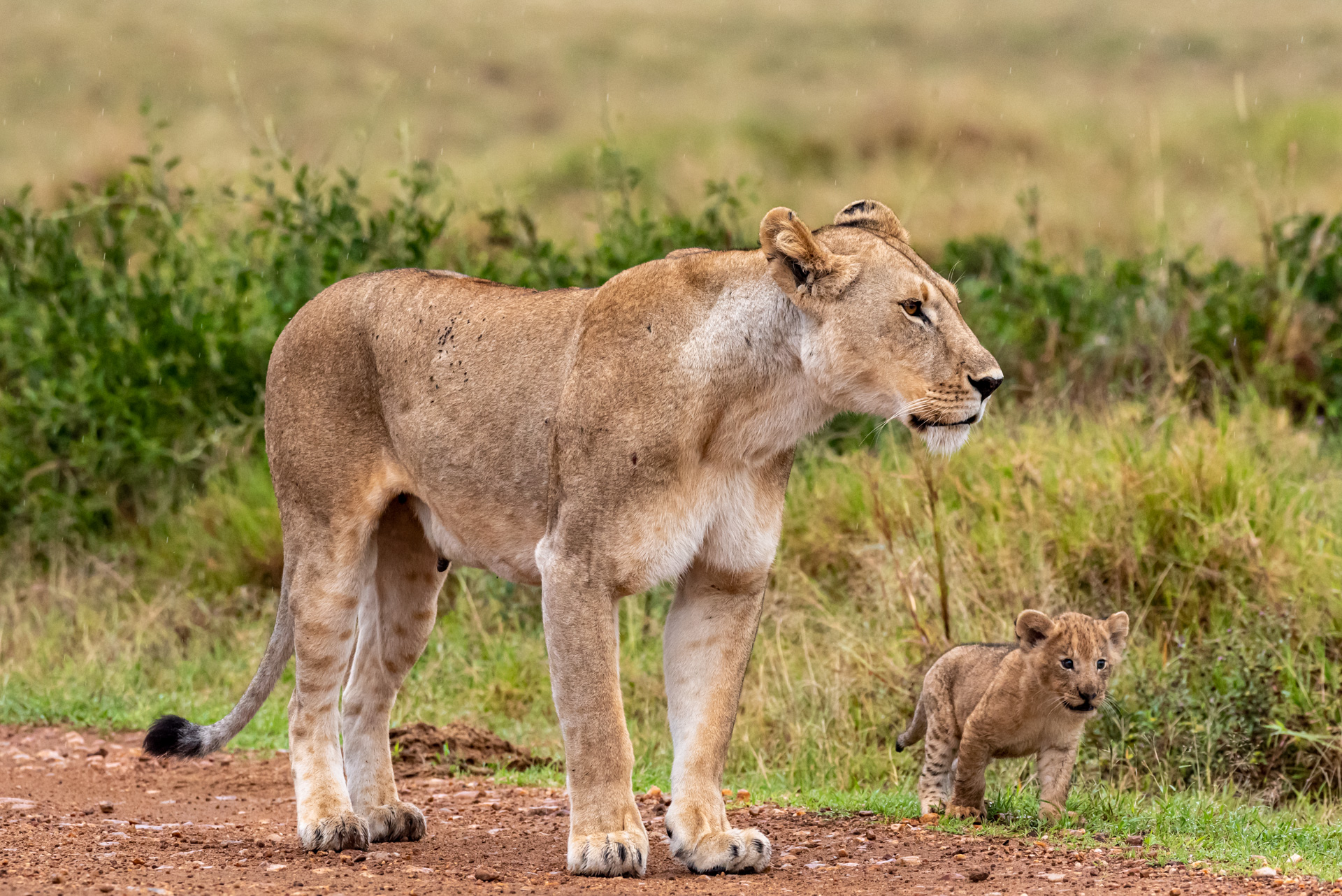
When she has been seen on recent occasions, there were clear signs that she had given birth — but we were not sure and the cubs had not been spotted. Lion cubs are hidden during the first phase of their lives as they are born blind and helpless. These cubs are about two months old and their mother has started to slowly introduce them to the world. These are the first images we have been able to capture of the new cubs and the remaining descendants of the Angama Pride. At one time, all hope was lost for this pride, but a single member has been able to up their chances of survival by adding four new members. We are thrilled to have gotten this news and we look forward to spending time with this renewed pride and watching the little ones grow.
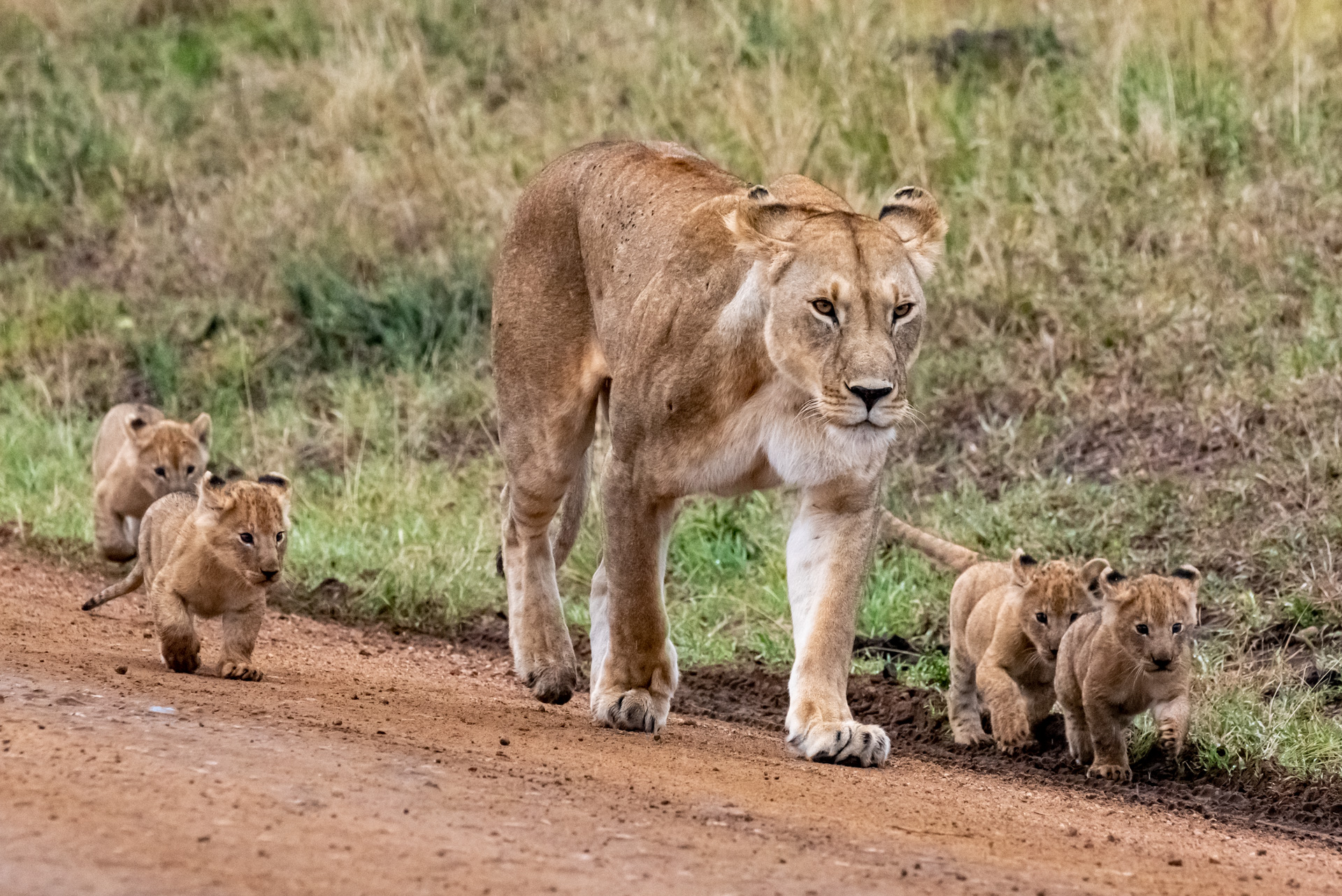
As Robert mentioned last week, the Swamp Lioness experienced some failed hunt attempts and the cubs were looking famished. We noticed there has been an errant herd of wildebeest moving up towards Mara North Conservancy. This movement comes after some consistent rains in the area. The relationship local guides have with the land always fascinates me and our guests. They are able to read the landscape as easily as one reads the letters written in their mother tongue. Ekai, one of Angama's guides, was driving us one afternoon with a genuine smile on his face he was multi-tasking: driving, talking to the guests and scanning the horizon for wildlife all at once.
Mid-conversation, Ekai stopped the vehicle and picked up his Swarovski binoculars. He noticed something that no one else in our vehicle or the other Angama vehicles had seen. A group of wildebeest was moving and running frantically in the distance. From his experience, he knew there could only be one reason — predators. He drove towards the commotion stopping every few moments to check for motion. Then, just as he suspected, a group of lions were found feeding fiercely on a wildebeest. The kill was fresh and only minutes old. You could tell the cubs were hungry and the mother patiently sat panting while the cubs audibly consumed the animal that had been brought down.
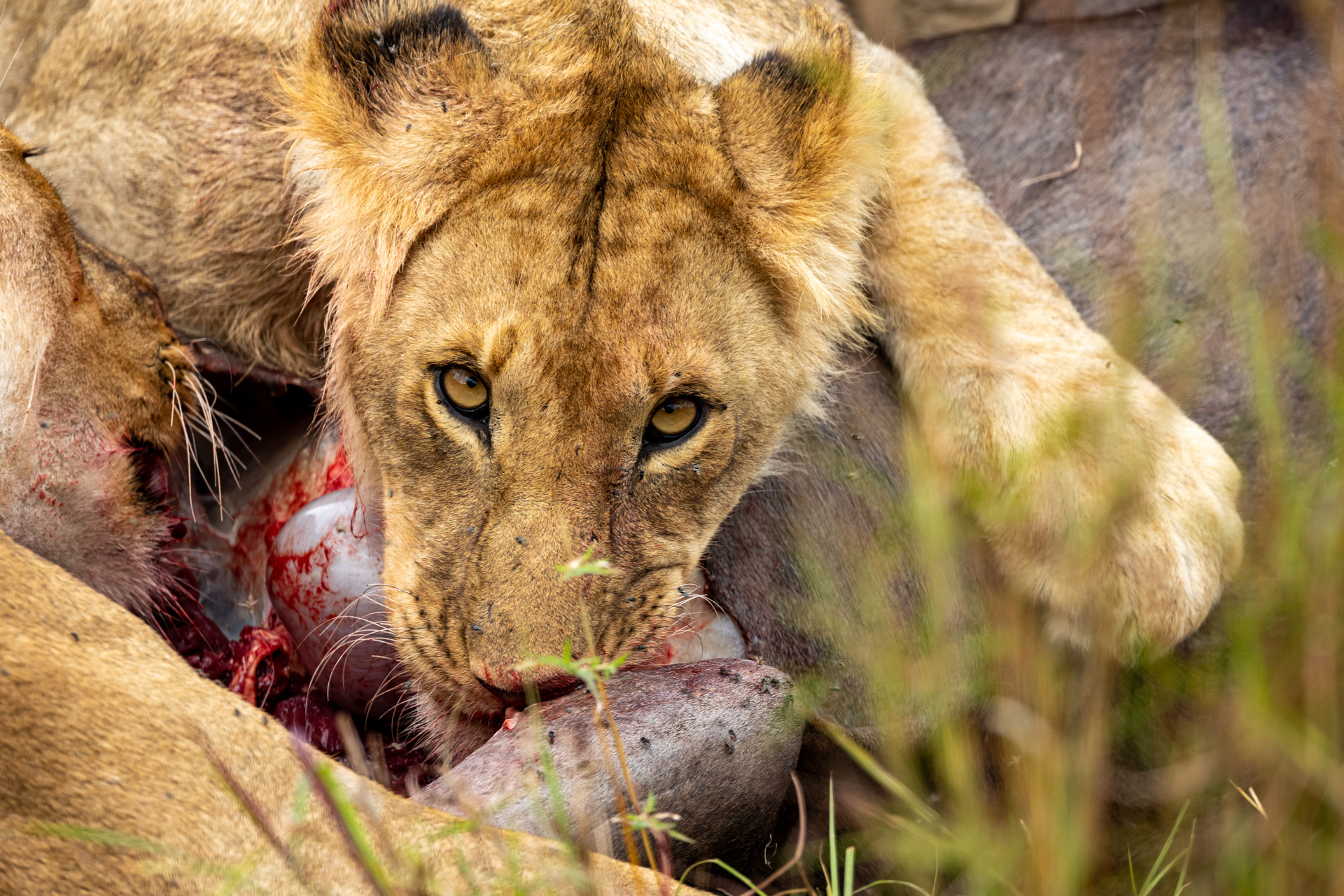
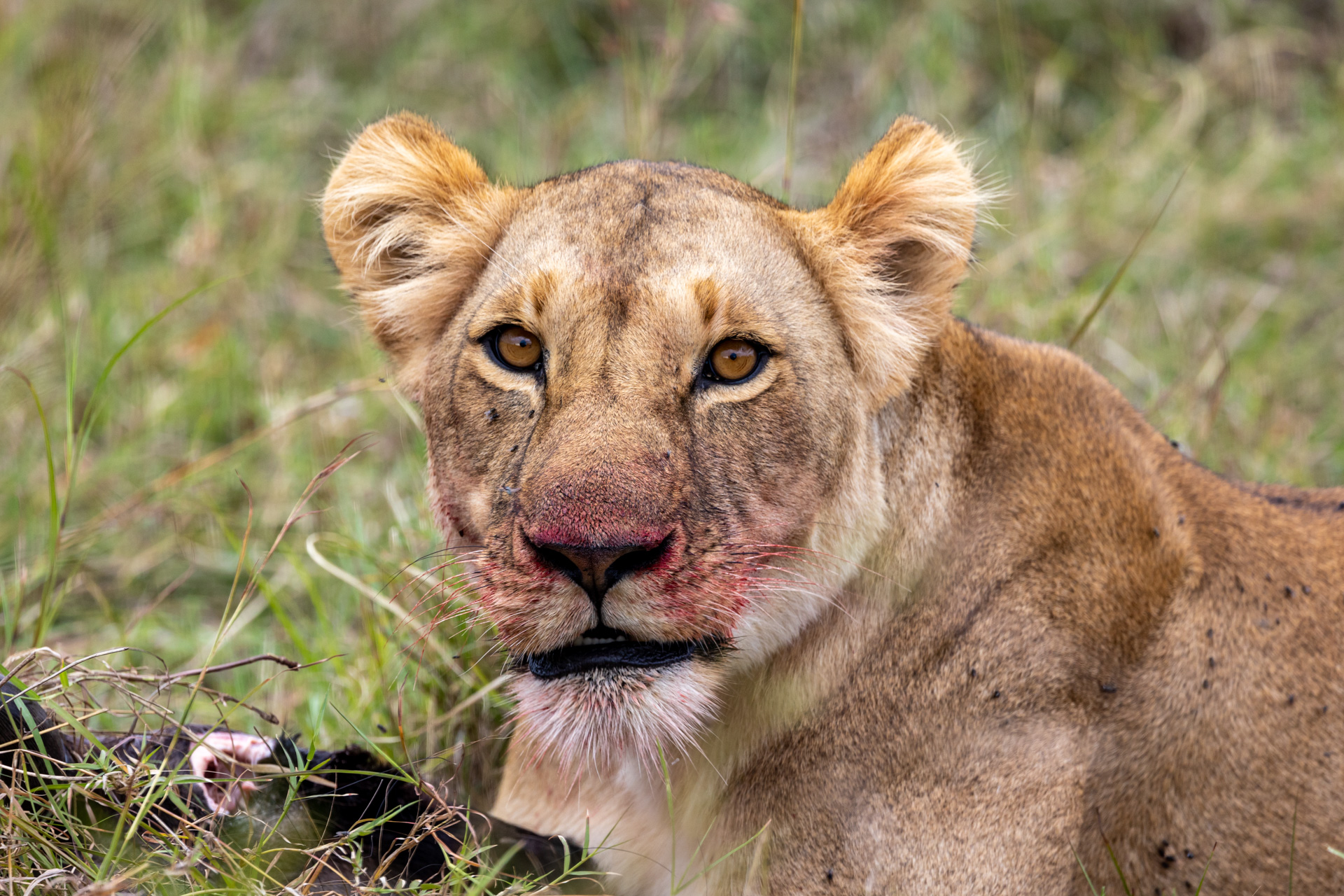

There have been plenty of young animals spotted in the Mara and we were able to see a group of young jackals. These fascinating scavengers are closely related to dogs, foxes, and wolves. The average litter is about three or four and they grow to roughly the size of a domesticated dog, weighing about 30 pounds. Interestingly, you can find both social and solitary jackal — some pair up and form packs or live in pairs but others live on their own. Jackals are one of the few animals that mate for life and both parents help take care of the young. It was a strange encounter to see these four cubs alone. They seemed to be right out of the den but no adults were to be found.


A couple weeks ago, we were able to witness some unique behaviour from the rhinos in the area and have continued to do so. Typically, black rhinos are solitary and tend to go off on their own. We saw a mother with two of her offspring — one older and one younger — spending time together about one month ago. The mother is named Naishuro and has given birth to many rhinos over the years. This week, it was reported that up to six rhinos were spotted within meters of each other. There was one large male and two females with younger calves; one of the groups was the family that has been seen. They seem to have found several other individuals and are spending time with them, including another mother and young one. This could be because of the nutrients and sources of food in the area that they are congregating.

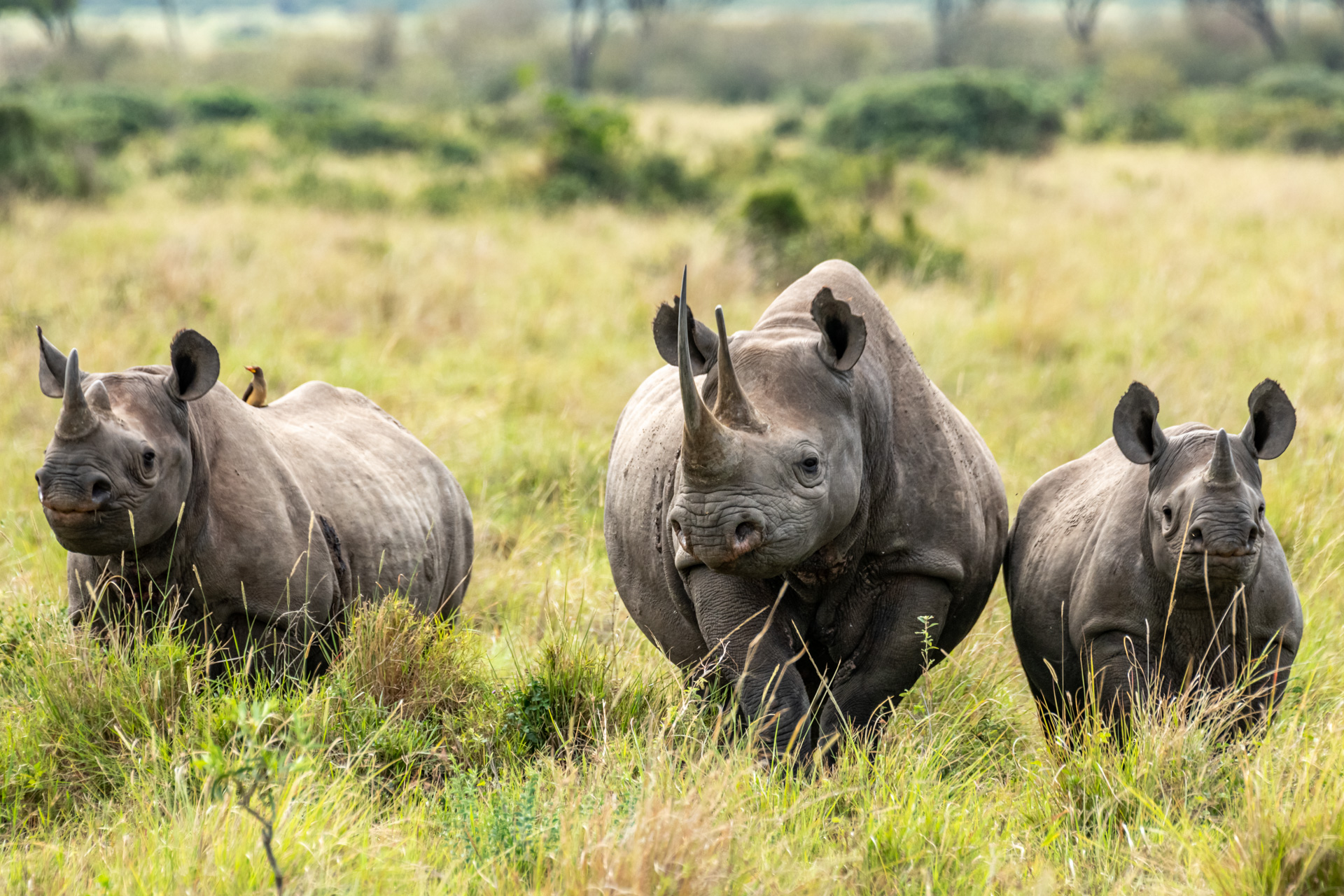
Towards the end of the week, one of our guests, Ken, ran into the infamous Lamai males near the border of Tanzania. Ken was able to capture some intimate images of the bond formed in a coalition. These males have a distinct light-coloured mane and a fierce reputation. They patrol along the border of Kenya and Tanzania spending time in the Serengeti as well as the Triangle.

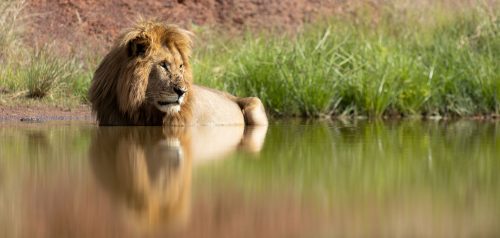
This time last year, there was not an ounce of shade unoccupied nor a breezy spot unclaimed. The sun beat down and the rains refused to come. It was so hot that even the lions were going for a swim to cool down.
Filed under: This Week at Angama
Subscribe for Weekly Stories
Comments (0):

Weddings in the Mara